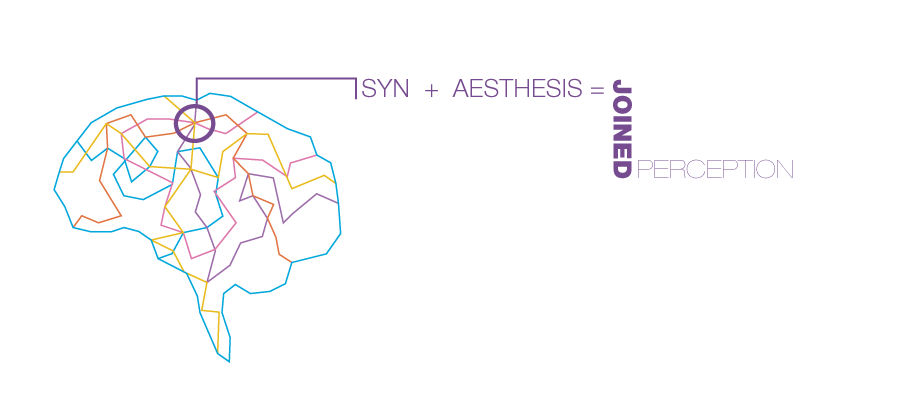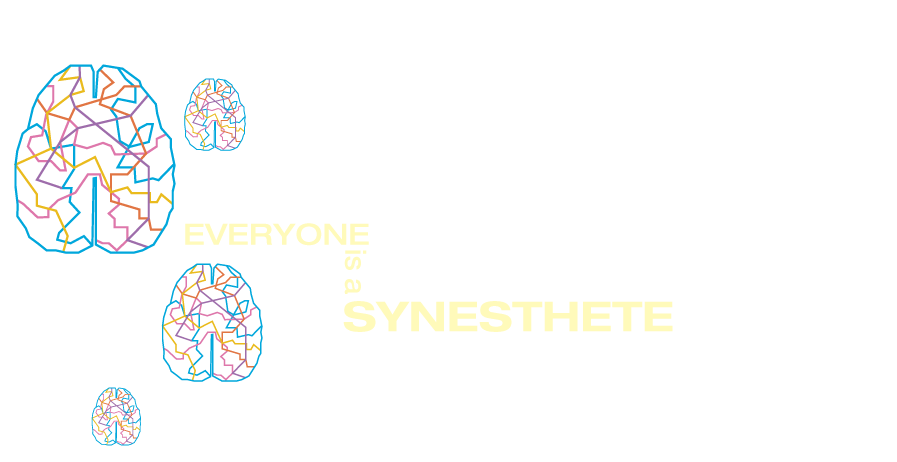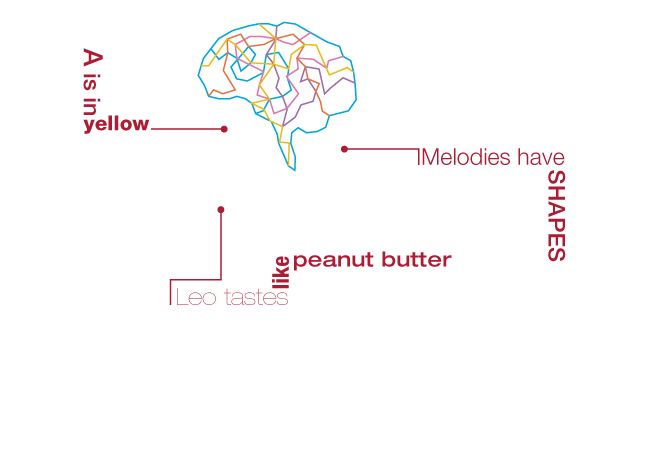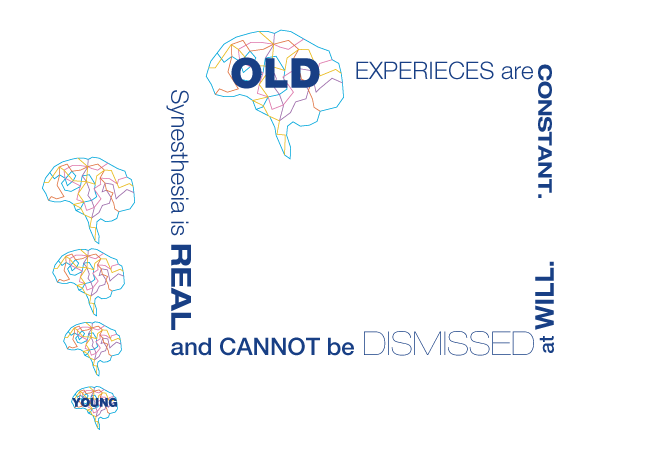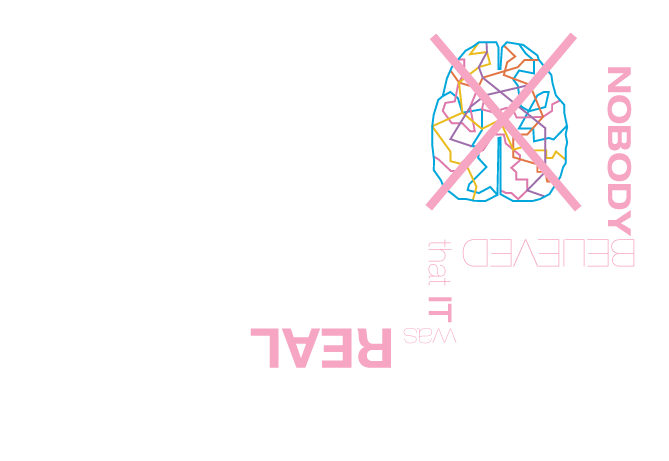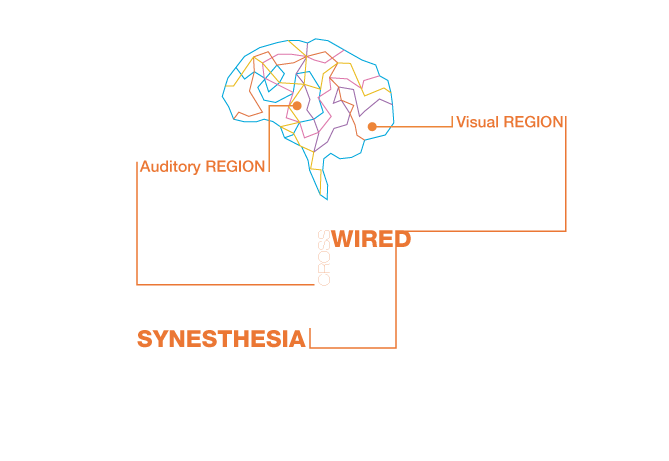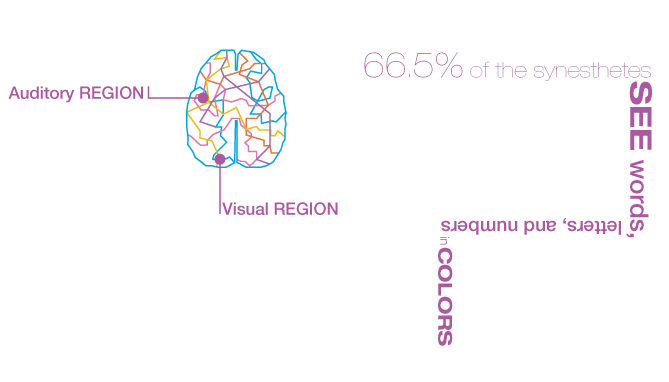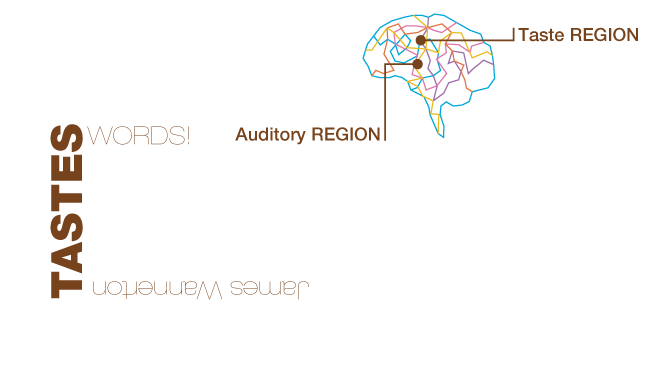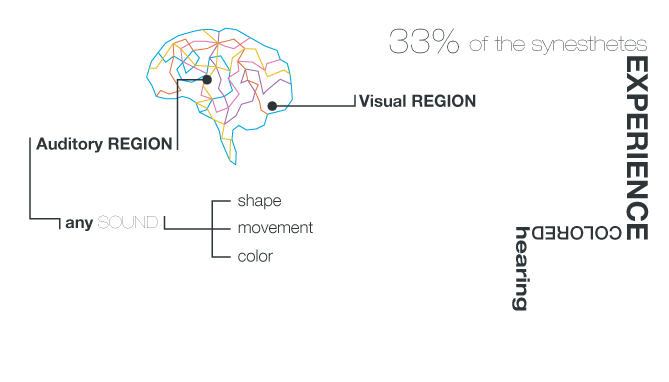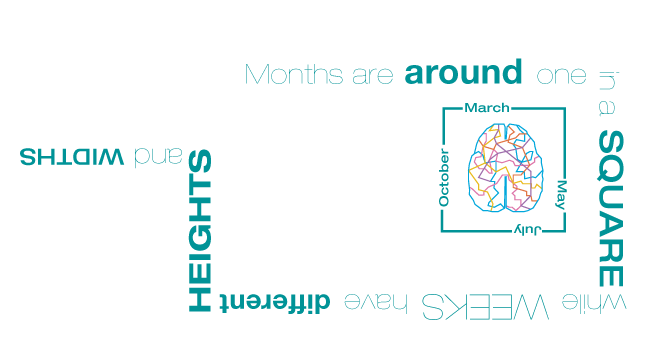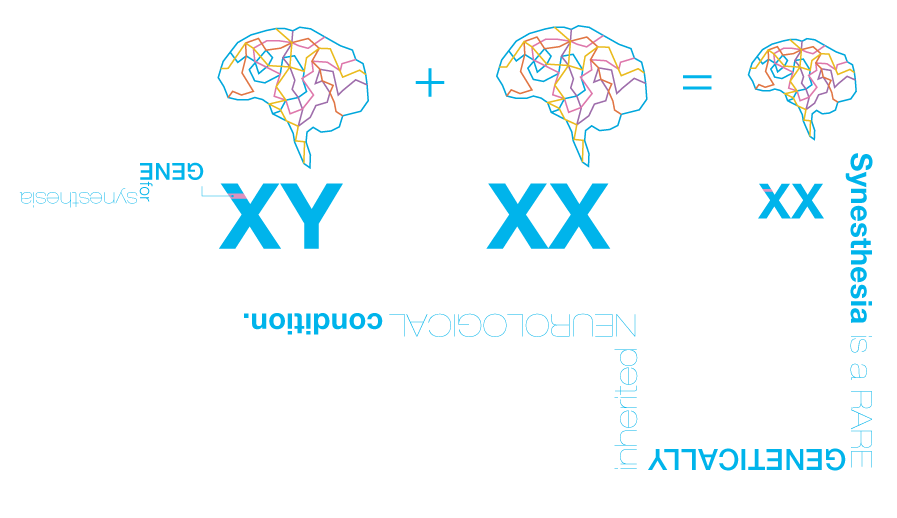

The phenomena of synesthesia represents the incredible capabilities of the human brain by creating a minority of people, otherwise completely normal, who have the ability to PERCEIVE and EXPERIENCE the world in a different quite unusual way....
In Greek, SYN - means together and AESTHESIS means perception. Together the word means “joined perception.” Synesthesia represents GENETIC based cross - wiring between the different regions in our brain. That is, one sensory input has an effect of a different sensory output.
Synesthesia is a normal brain process which is displayed to consciousness by minority of individuals. In fact, recent study shows that it may be something we all have. Beneath the surface we all have MECHANISMS that LINK together sound and vision and they seem to be the same in both synesthetes and non - synesthetes. Some people just experience more exaggerated version of synesthesia.
A synesthete might describe the color, the shape, or the taste of someone's voice, or music sound that looks like frozen flower. Synesthetes completely understands that the colors or shapes are not really there; they see the reality the way it is but the image of the color is always in her mind. Letters have personalities, names taste like foods.
1. Synesthetes always recall having their experience since childhood or for "as far as they can remember."
2. Synesthetes’ experiences are constant. So if one input, say the letter “A” has the output of seeing red, “A” is always red to that individual.
3. Synesthetes’ experiences are simple and generic - shapes and colors.
4. The experiences are involuntary and emotional.
Some believe these people are just crazy while others blame hallucinogenic drugs during the 60's. Some put it down to an overactive imagination. Others think it is caused by associations with childhood. Synesthesia has been a mystery for scientists for decades and no one could quite believe it was real until they found John Fullwood.
John sees colors from spoken words (only numbers, days, and months). What is remarkable is that he hasn't seen these colors at all because he has been blind his entire life. For his blindness, his synesthesia cannot be influenced by signals from his eyes. He seeing colors could only be triggered by something inside his brain. Scientists scan his brain.
Some form of synesthesia is currently estimated to occur in roughly 4% of the population. 66.5% from these 4% experience synesthesia grapheme - color synesthesia. These people see colors in front of their eyes when they read, hear, or just think of words, letters, or numbers.
Imagine that you just put a piece of chocolate in your mouth but at the same moment somebody says to you: "Hi man" and the taste of chocolate becomes a taste of bacon. Well, this is the everyday reality of James Wannerton who is "bombarded with flavors” when he hears words and especially people’s names. This is called sound-taste synesthesia.
33% from the 4% experience colored hearing which refers to the elicitation of color, shape, and movement by sound. It includes everyday environmental sounds such as dog-barks, voices, chattering dishes, and especially music.
According to professor Ramachandran, the world's leadest brain researcher, synesthesia is eight times more common in poets, artists, and novelists than in the general population. Ramachandran believes that synesthesia and creativity might share similar genetic basis - an ability to open links not only between senses but also between concepts.
The LEAST RESEARCHED type of this fascinating condition is called time - space synesthesia. Individuals experience units of time – such as hours, days, or months – as occupying specific locations in space relative to their own body. These associations are highly specific and are experienced consistently.


